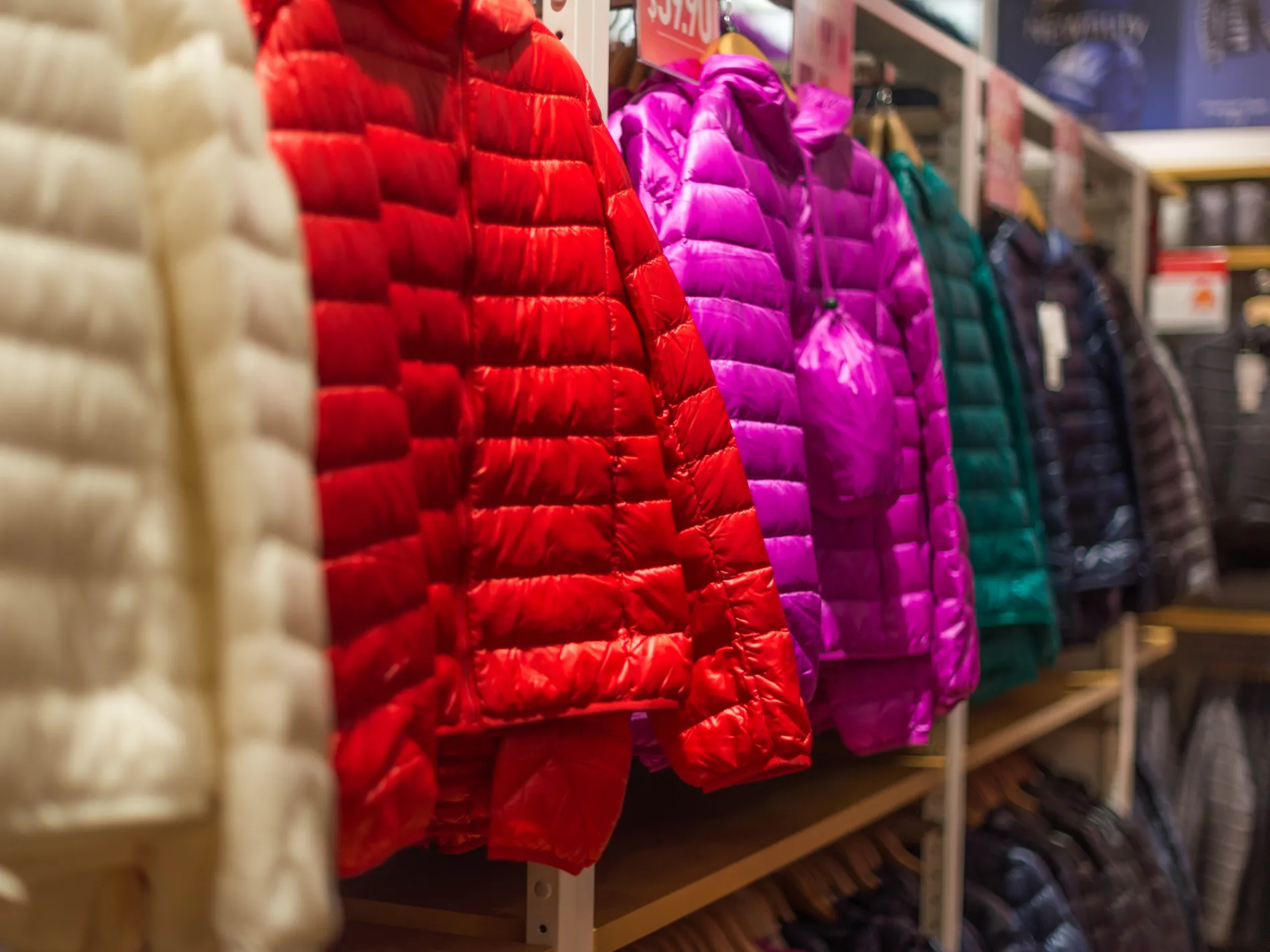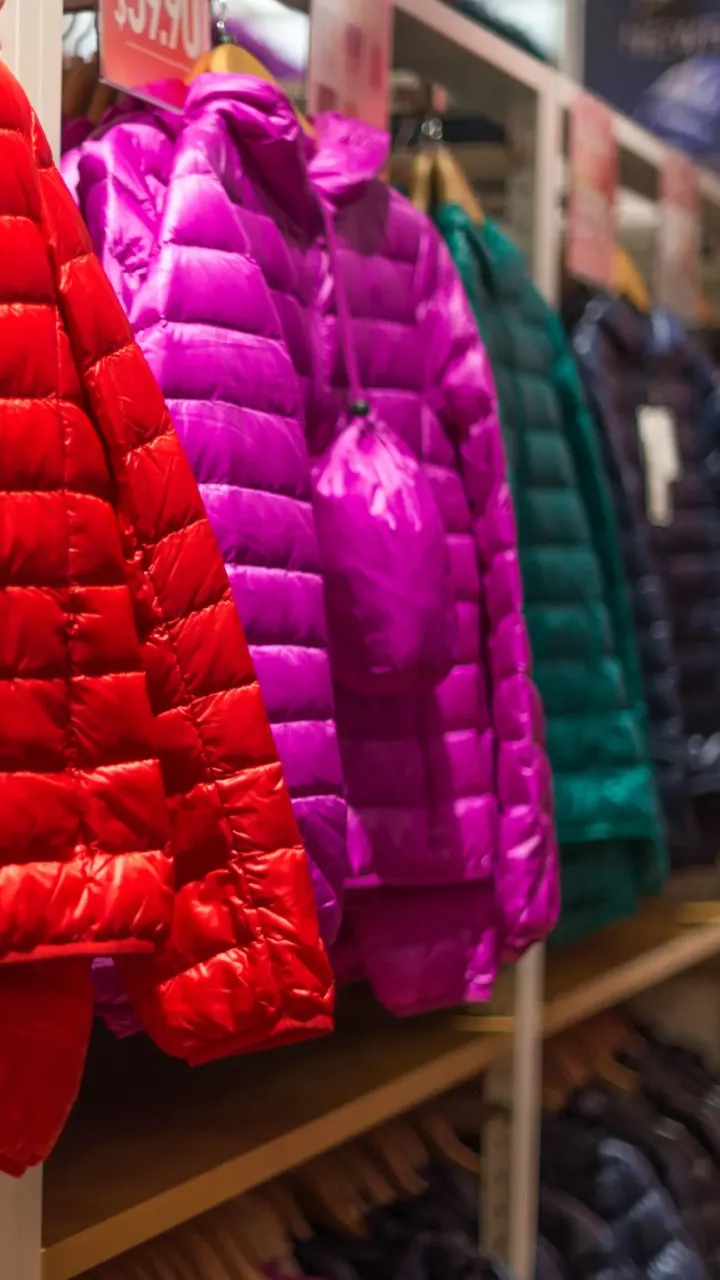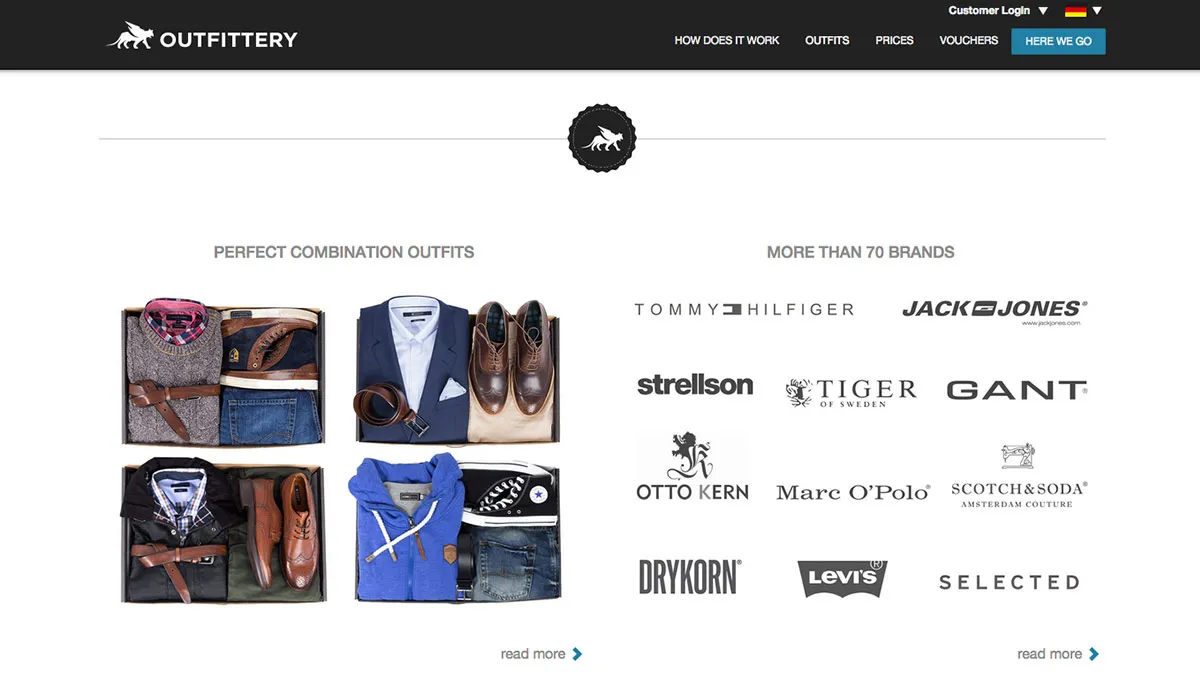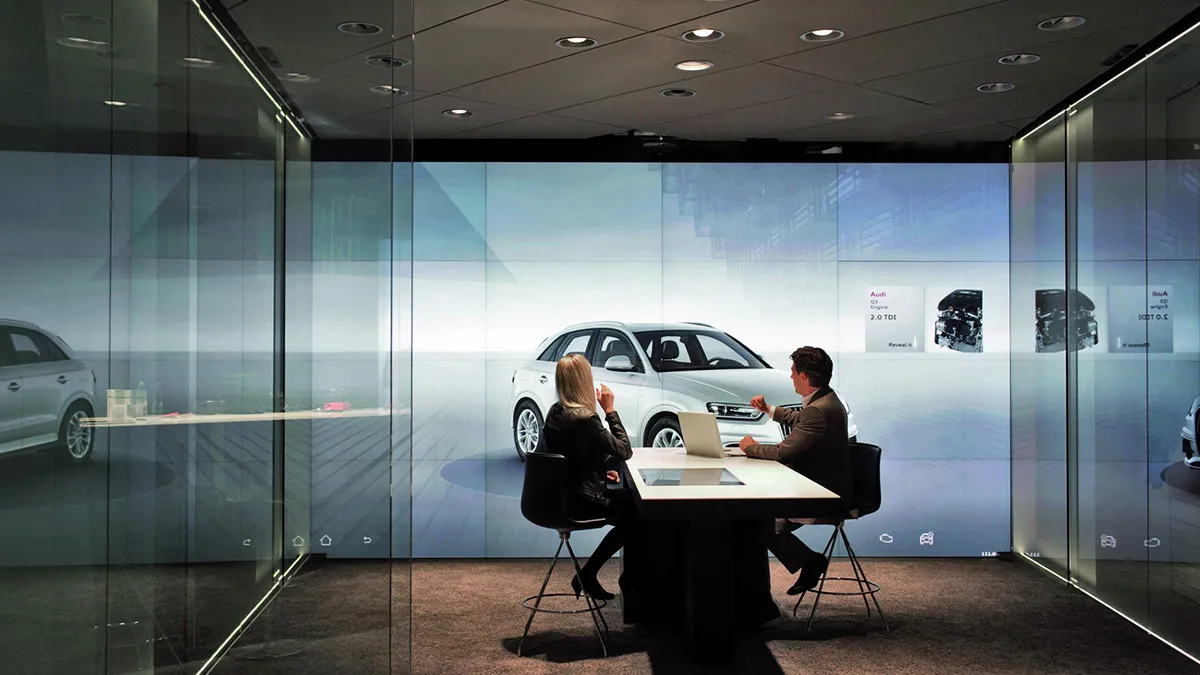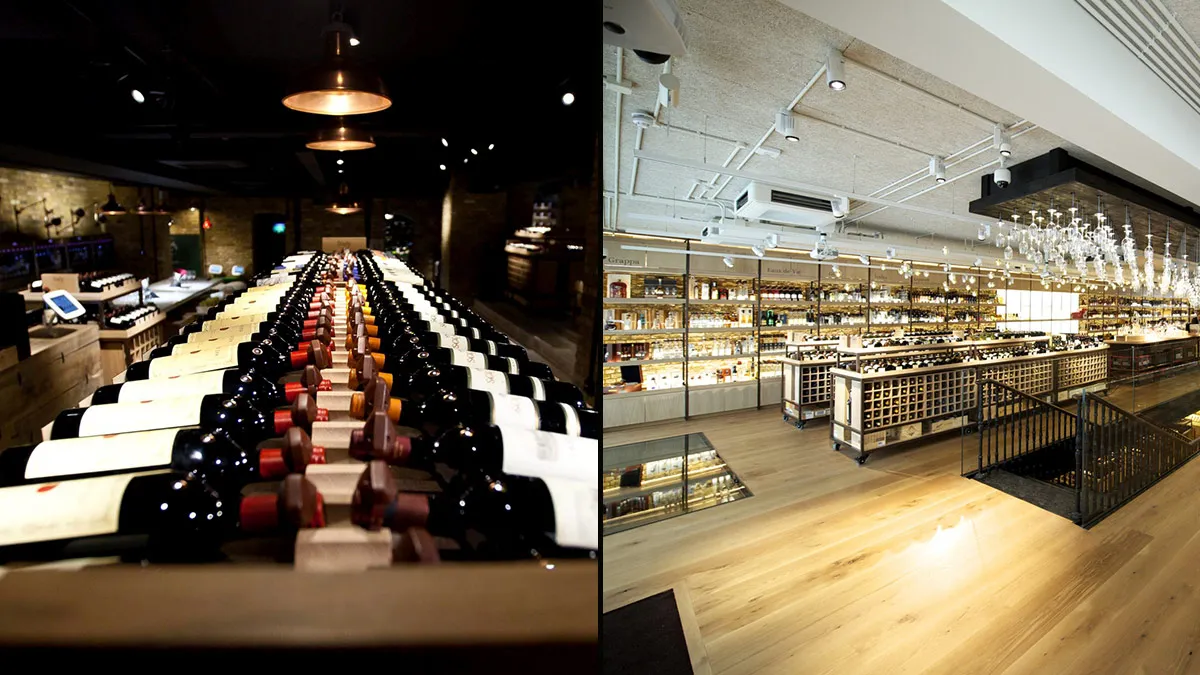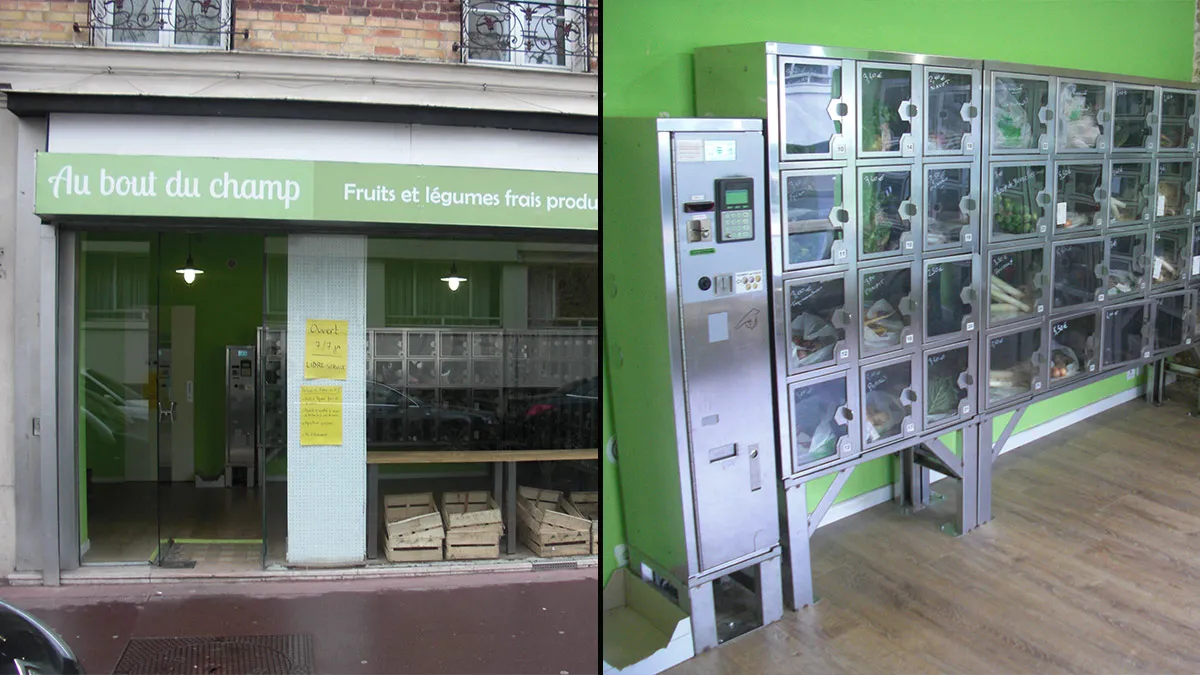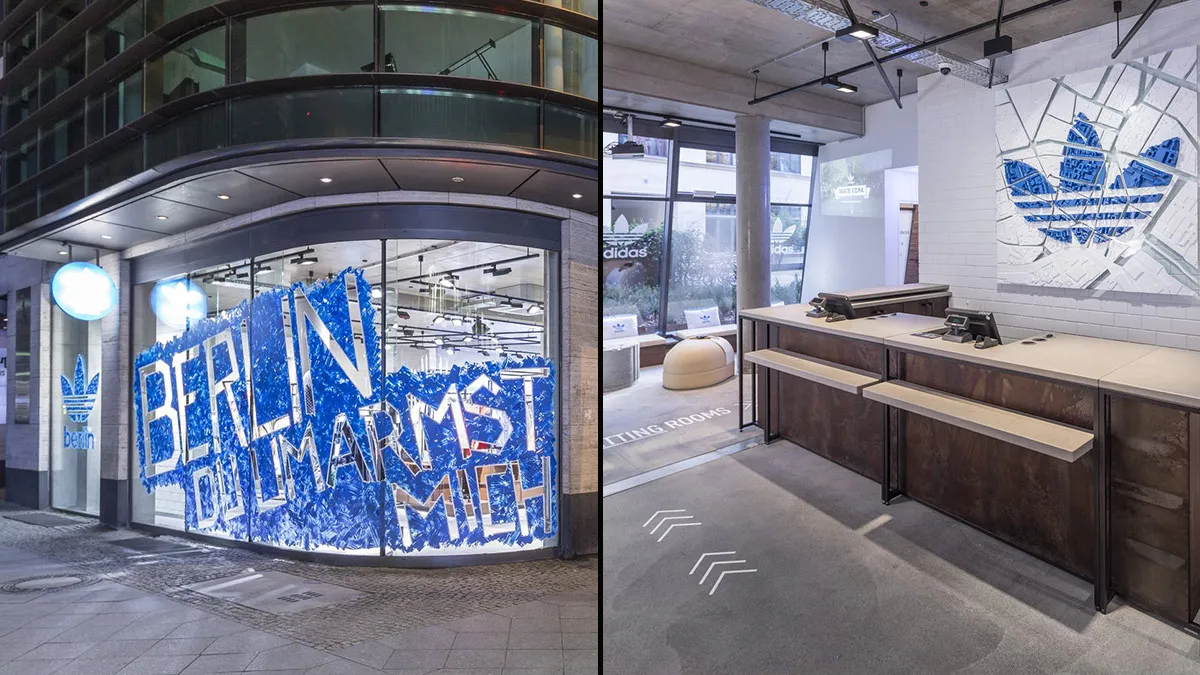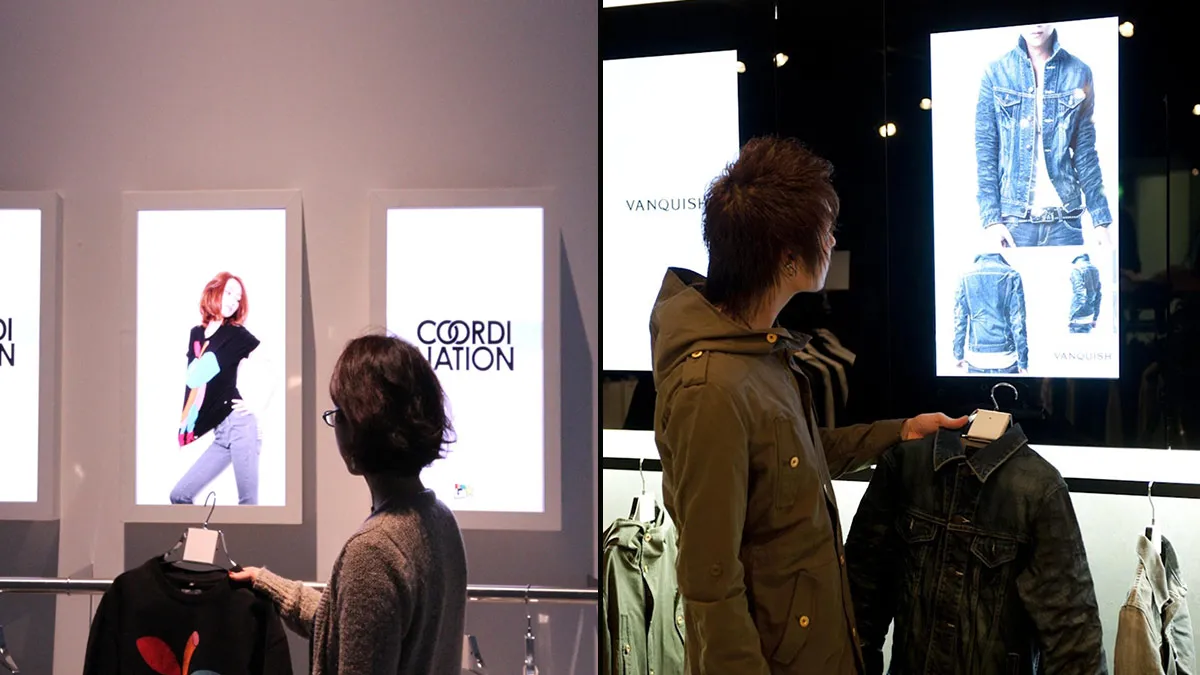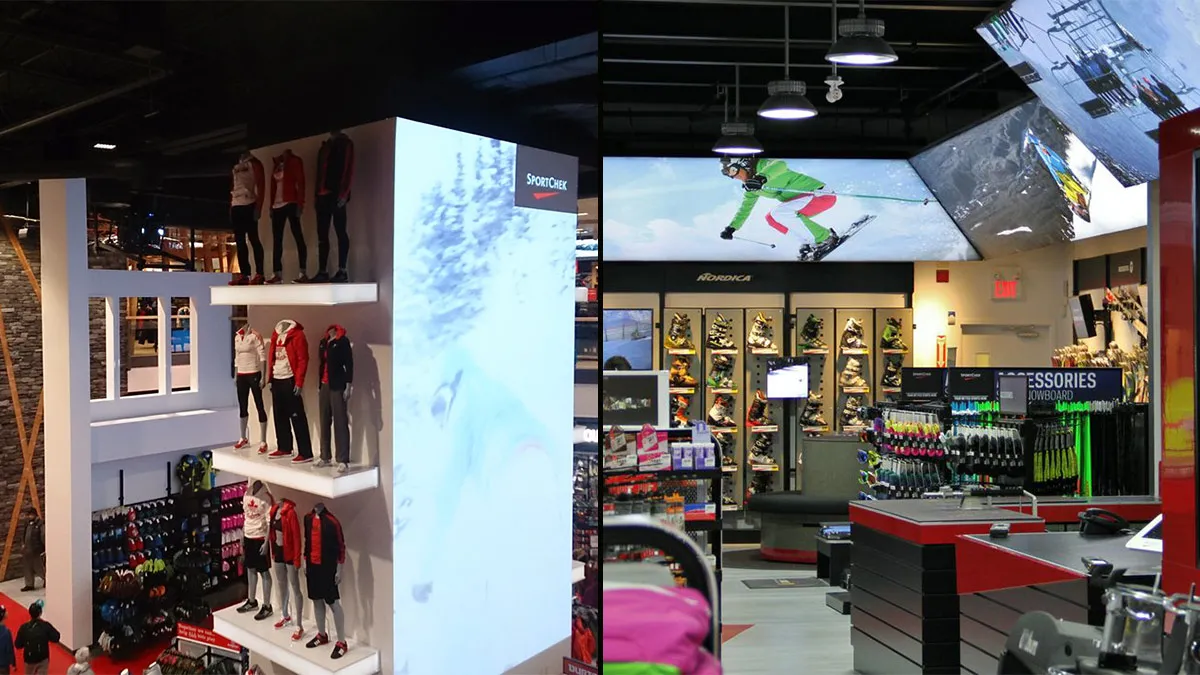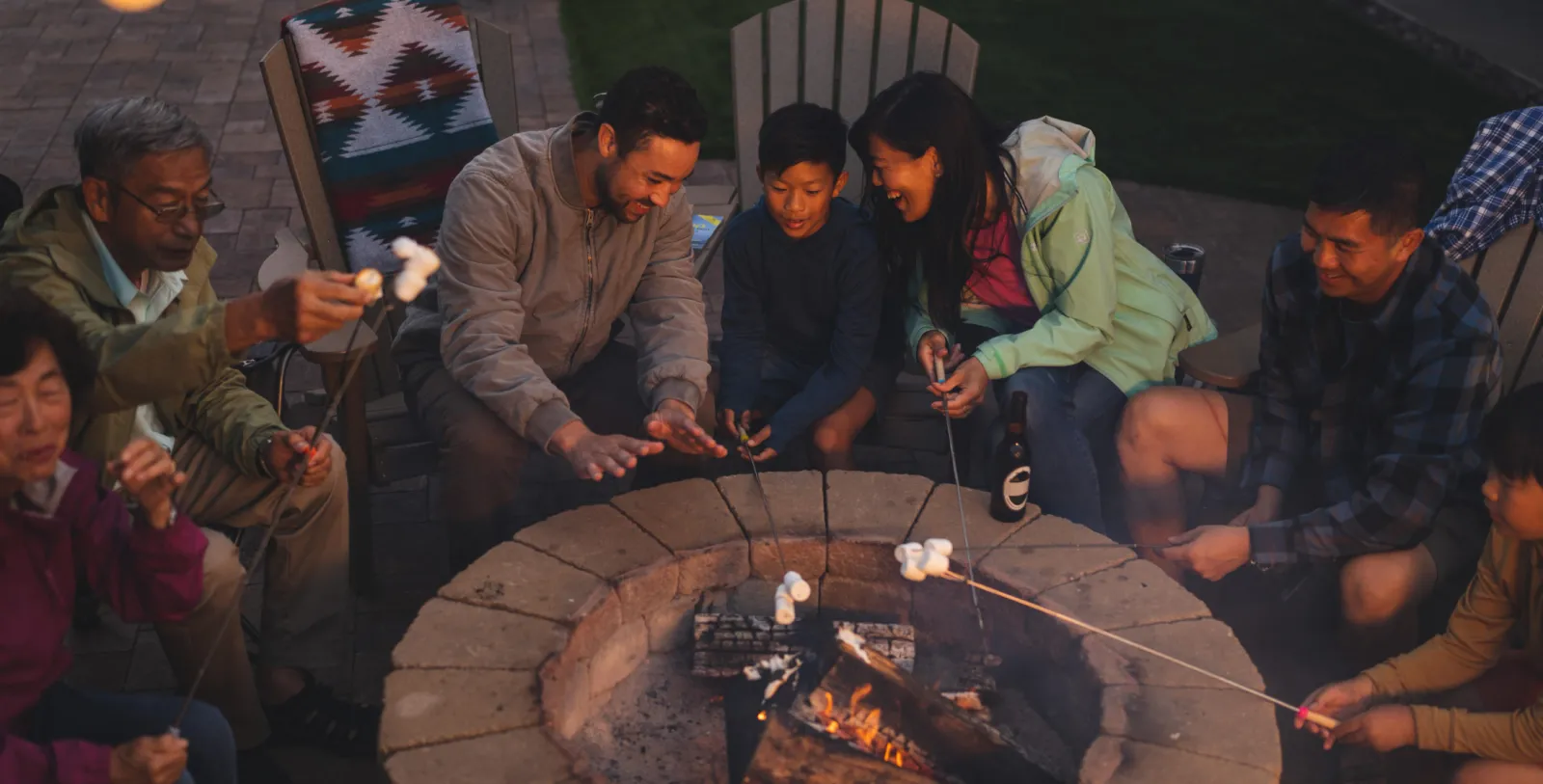Emerging retail trends, online and off
I’ve just returned from Retail's Big Show in NYC this week where an overwhelmingly large group of people gathered to talk and learn about all things retail. NYC is the perfect location for a retail tradeshow as there are so many inspirational experiences all around the city. It’s impossible to sum up the learnings in a post but I’ll attempt here to give you a look at 7 key trends and a few of my favorite examples.
1. Curated collections
Retailers are under pressure to deliver really thoughtful products and more than ever, curation is the key to success. Interestingly, lots of brands that started online are now opening physical stores (like birchbox, Frank & Oak and Trunk Club). Two examples of curated collections:
The Trunk Club has a “try before you buy” e-commerce business model. Their mission is to reinvent the way men shop for clothes by providing personalized, hand-picked style advice and products via their free membership.
In Germany, the leader in this sphere is Outfittery, another men’s-only curated clothing service that transforms the concept of a personal stylist to fit the digital era.
2. Customization of product
Product customization isn’t new and it’s certainly been on the trend list for years. But what we’re seeing emerge is the notion of micro-manufacturing. The best example of this is the Selfridges Fragrance Lab in the UK. Whether you’re in a hurry or have time to linger, you’ll create a customized fragrance that’s made just for you. I’m particularly impressed with the notion of using the store windows as a billboard for the experience inside.
Another example right here in SOHO is the Bite Beauty Lip Lab which offers customized lipstick. Customers create the color, the scent and the design of the packaging. Their shop is tiny, but the concept is taking off and I expect we’ll be seeing this kind of micro-manufacturing in categories well beyond health and beauty.
Finally, there’s the Audi City in London who is transforming customization at retail. They’ve built a showroom to display just one car and allow car shoppers to build the car of their wishes - colors, fabrics, features - via the technology in store. The customer leaves with an RFIP stick that has their customized vehicle which can either be brought to a dealership or plugged into the website to order online.
3. Experiential retailing
This is a time when we are having to really rethink the role of the brick-and-mortar store. Successful retailers are showcasing merchandise in a way that boldly delivers an experience -- not just the merchandise. Retail stores are now:
- Social gathering places
- Centers for knowledge and learning
- Places of relaxation and recreation
One example is Hedonism in the UK. They focus on the wine experience with daily wine tastings mixed with an incredible visual journey through the store. Chandeliers made out of wine glasses, an assortment that is aesthetically amazing and filled with stories. The staff is the most knowledgeable, but they also make it comfortable and immerse you in the journey.
4. Hyper-local
Retailers are realizing the power in being truly local and eco-friendly. We heard from many retailers that having the right products sourced from the local community resonates with today’s consumers. Two examples both stem from Europe.
First, there is Au Bout du Champ in France. They have small, individualized lockers stocked with fresh products, fresh-cut fruit and juices.
And then there’s Adidas Originals Neighborhood, a boutique line of concept stores that are centered around the notion of connecting the shop “to the energy of the city or streets where we are located.” A recent interview with Mr. Oliver Fehl, the stores’ Senior Retail Concept Manager, explained, “Every neighbourhood is unique and very special, and our Originals stores around the globe mirror that. Each store has its own personality, which ultimately embraces the vibrant environment of its neighbourhood. The materials in our stores have been selected to reflect the evolution and modulation of the urban landscape over time; these are inspired by the raw material of the street; concrete, steel and wood. “Let me give you an example: The core of the building in our Berlin Mitte store is concrete, but we will deal with more brick and plaster finishes for our London site, opening at Foubert’s Place in August. You will see that we – as a brand – offer a globally connected culture combined with a local born authenticity. Even the exclusive products will speak that language.”
5. Online and offline mashup
This is all about allowing customers to shop where and how they want and finding ways of bringing the immediacy of online into brick and mortar.
An example is Argos in the UK. Fifty percent of their sales are ordered online and picked up in store. Their business model is that their stores are delivery points for products. As such, they scaled down the size of their stores and focused on a virtual showroom that consists of numerous ordering stations. Some of their product is ready in 90 seconds, and the rest is same day/next day guarantee. The concept is a new merchandising strategy called omni-channel retailing, which seamlessly integrates what’s in the store versus what’s in the back of the house -- while utilizing various channels of retail purchasing.
6. Retailvention
This is about reinventing retail and rethinking the store’s role. A good example is Space Ninety 8, an Urban Outfitters concept store in Brooklyn. The store is more of a social space than it is a point of sales. The rooftop is a community center that brings the elements of the brand together, which hosts events like cooking classes, bbq’s and DJ’s. The space actually allows them to build out the brand in a hands-on, interactive approach. Product-wise, it’s a carefully curated mix of products that fit with this notion of community and gathering.
7. Technology invention
Technology is not innovation, but rather a tool that enables ideas to grow. So how do you make it relevant to customers? Two examples that came up. The first is from Team Lab Hanger in Japan, which has created virtual hangers that give customers more details and insight into the product.
The second has been written about at length: Sport Chek in the West Edmonton Mall in Edmonton, Alberta. Their concept store redefines the customer experience through digital elements, welcome walls, navigation maps and full immersion into the brand.
Stay tuned for more posts from the Big Show. And, as always, your comments and feedback are welcomed.
